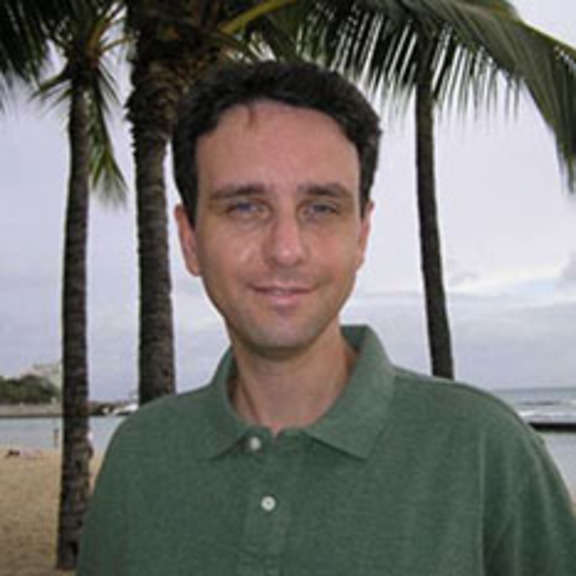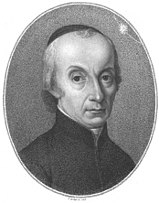Greta Thunberg, the Cassandra of Climate Change, may be too distracted to realize that the Earth may be too-late-to-save before her 2030 prediction. An asteroid will be arriving here in 2029 – on April 13th to be exact.

Co-discovered in 2004, by Italian astronomer Fabrizio Bernardi working at an Observatory in Tucson, Arizona, the asteroid could ruin Greta’s day if it changes course even slightly. The ¼-mile asteroid doesn’t compare to the 6-mile one that eliminated the dinosaurs, but NASA isn’t taking any chances. Just last November NASA launched its first DART (Double Asteroid Redirection Test) aimed at a target in deep space – it’s still on its way. Let’s hope it works.
Bernardi’s asteroid (named Apophis) is expected to sideswipe us by some 19,800 miles. In comparison the moon is 240,000 miles away, so we’re talking galactic inches here. We have artificial satellites now orbiting up to 22,000 miles from Earth. If it doesn’t hit us, earthlings will see it without a telescope as it streaks past. Bernardi and his team didn’t use any euphemism in naming the asteroid – Apophis was the Egyptian demon of evil and chaos.
Did you know that asteroids have an Italian father? Priest-astronomer Giuseppe Piazzi spotted the first known asteroid on January 1, 1801. As he was spying the heavens from his Palermo Observatory, he named the moving space object Ceres, the Roman/Sicilian goddess of agriculture. Italian priests knew their planetary mythology: Ceres was the daughter of Saturn and sister of Jupiter. So, planet names have Italic roots, as does the word “cereal”.

Piazzi wasn’t sure what he had found. It moved like a comet but more slowly and without a tail. Later scientists confirmed the object was not a meteor, comet, or planet but a “dwarf star” (in Greek asteroid). Ceres is now considered the first and largest asteroid in our solar system’s asteroid belt (nestled between Mars and Jupiter).
Piazzi put the Palermo Observatory on the map. Sicily, at the time, was part of the Kingdom of the Two Sicilies. (Garibaldi wouldn’t reunite Italy for another sixty years.) In 1817, Piazzi was reassigned to Naples by King Ferdinand IV where he had to complete the Capodimonte Observatory. Clearly, the pre-Garibaldi kingdom had impressive academic and scientific credentials. [More details on Italian astronomers can be found in The Italic Way, issue XXXIV, 2008 (“Mars”) at italic.org/Research Library]
Last week’s Wall Street Journal had an interesting article about Galileo – the first great Italian astronomer – by Portuguese journalist Nuno Castel-Branco. He contends that Galileo’s trouble with the Church over the solar-centric theory was made worse by a plague that locked down much of Italy in the 1630s. When Galileo submitted his earth-shattering manuscript to the Vatican for approval he was working well with the censors, and ready to add the caveats they wanted. However, when the plague struck, à la Covid, communications were cut off. Impatient Galileo went ahead and published his book in Florence without final approval, and that’s when the Pope got pissed. As Castel-Branco writes:
“If Galileo hadn’t rushed the book’s publication and the censors had followed the normal procedures, the book probably wouldn’t have been forbidden, and the narrative of a battle between science and religion wouldn’t have begun.”
It’s no longer a battle between science and religion today. For every Greta Thunberg and Al Gore (An Inconvenient Truth) predicting doom, there’s a Marc Morano (The Politically Incorrect Guide to Climate Change) and Joe Bastardi (The Climate Chronicles: Inconvenient Revelations You Won’t Hear From Al Gore–And Others) giving them the raspberry.
Outer space may beckon us, but we still haven’t figured out the Earth. -JLM

Recent Comments